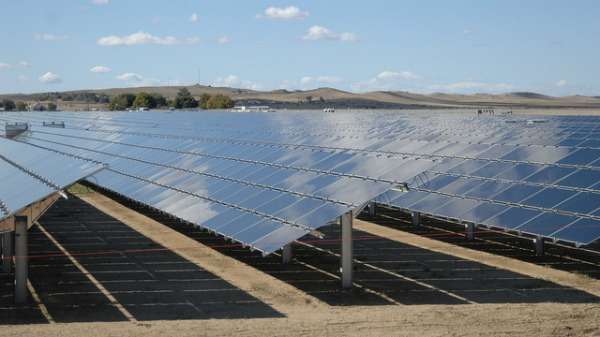Cost and distance prime barriers for remote solar technology

Sunshine beats down on north-west WA in abundance. Why then, has there been such a limited take up of solar energy in remote communities?
In short the answer is money, with remote Kimberley communities having difficulty accessing capital funding.
Other reasons for a lack of uptake seem to lie in ineffective government policy and the communities' limited administrative resources.
These are the barriers that stop renewable energy being deployed in remote WA, according to recent research by the University of Queensland.
As part of the study they examined three remote Indigenous communities in the Kimberley, which each have a population of approximately 250 to 350 people.
Following a detailed analysis of solar technologies involving different cost-of-capital scenarios, the study concluded fixed-tilt solar PV was the most financially viable technology.
However, they determined its viability in remote WA depended on several factors including the size of the solar system installed.
The found that where the system's capacity exceeded 20kW, generation management or 'smoothing' was required, often in the form of battery storage—an extra cost that reduced the financial benefit to communities.
Where capacity is less than 20kW and smoothing is not required, communities do benefit financially from solar.
However, it can be a different challenge to get installers to travel to remote areas to install systems of this size.
"Our research highlighted the need to reframe approaches to energy provision and tailor solutions to the local context," study author and renewable energy consultant Dr Liam Byrnes says.
"One of the great things about renewable energy in remote communities is that it can deliver a range of social benefits, as well as financial and environmental benefits."
New solutions and incentives could include, for instance, restructuring feed-in tariffs to be paid as up-front subsidies that contribute to the capital costs of infrastructure.
Despite the practical barriers, the three Kimberley communities in the study had a positive attitude towards renewable energy.
Dr Byrnes says regional network providers are investigating new approaches.
"Over the next five to ten years, I think we'll be seeing an acceleration of the transition towards renewables in remote communities, and probably renewables with some kind of storage—whether batteries or otherwise," Dr Byrnes says.
More information: Liam Byrnes et al. Reviewing the viability of renewable energy in community electrification: The case of remote Western Australian communities, Renewable and Sustainable Energy Reviews (2016). DOI: 10.1016/j.rser.2015.12.273
Provided by Science Network WA
This article first appeared on ScienceNetwork Western Australia a science news website based at Scitech.





















